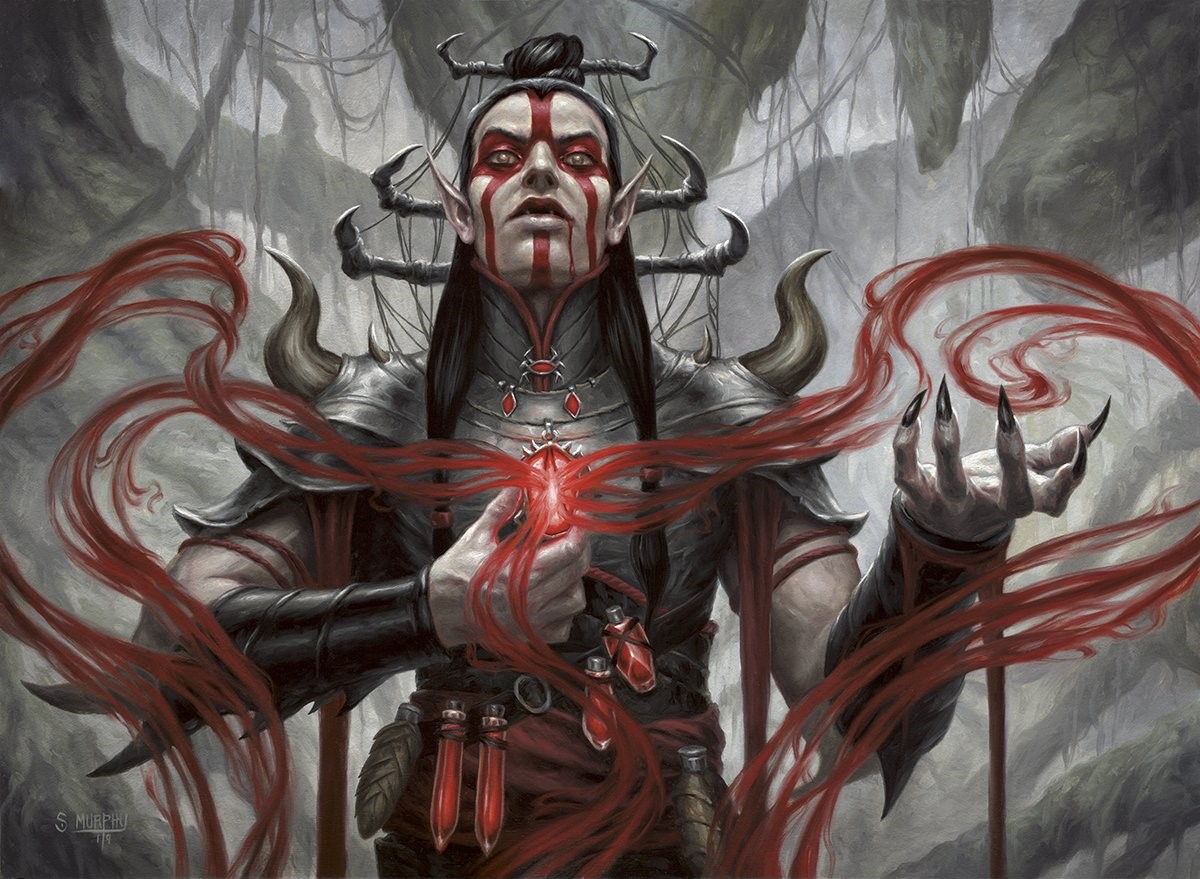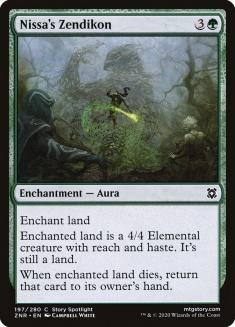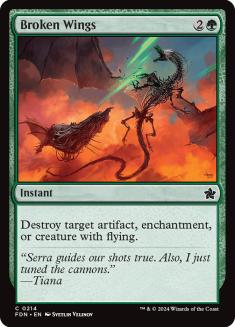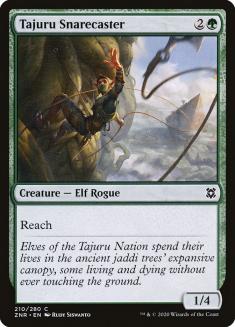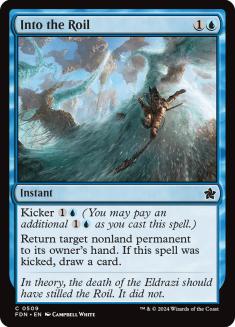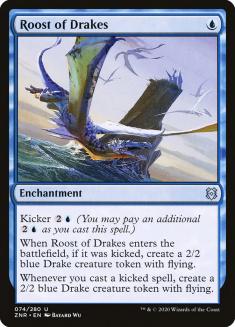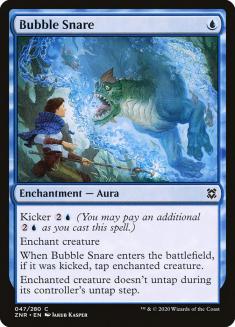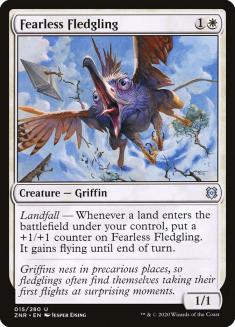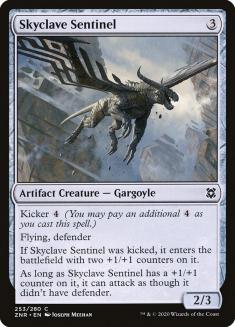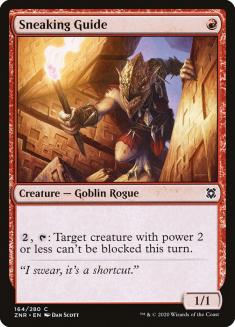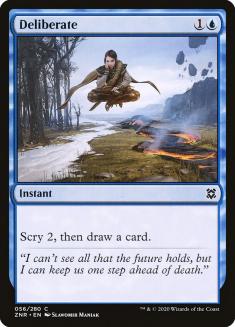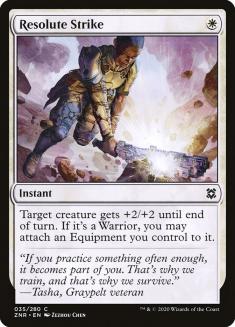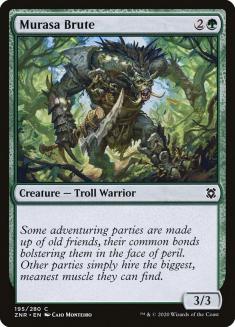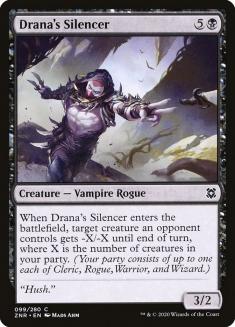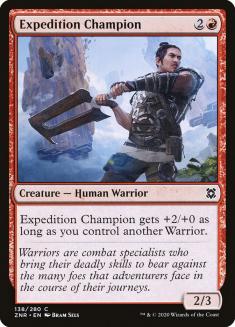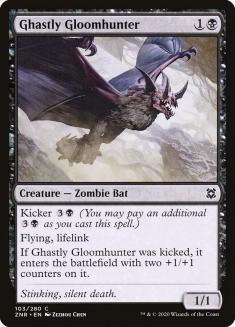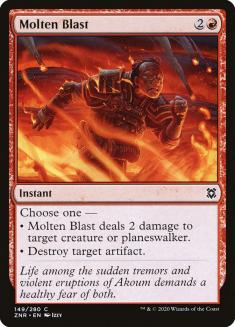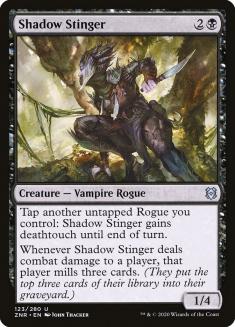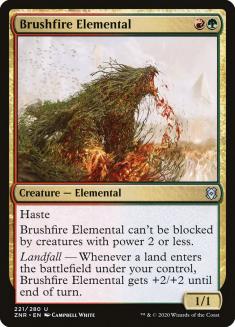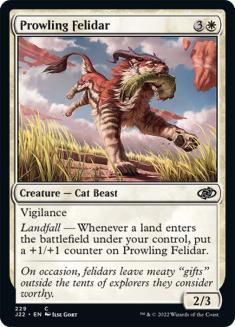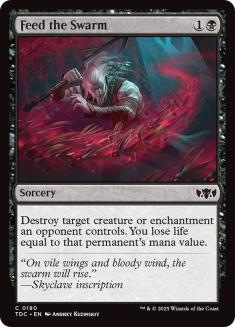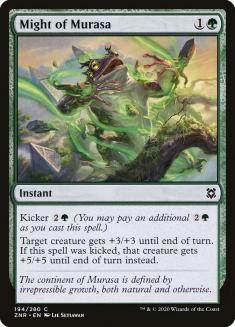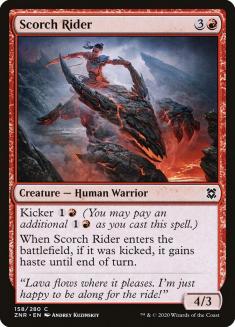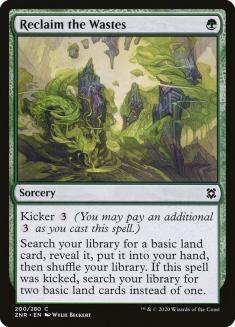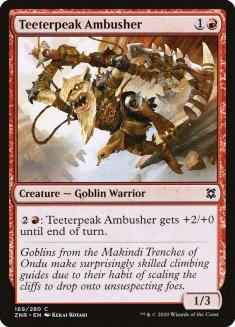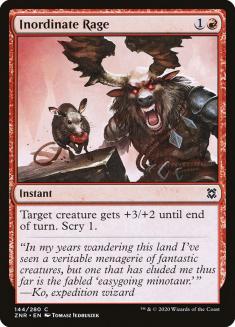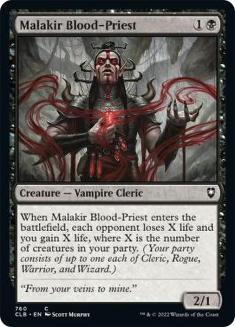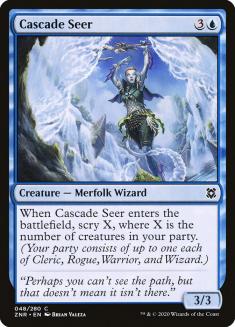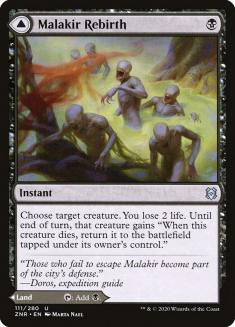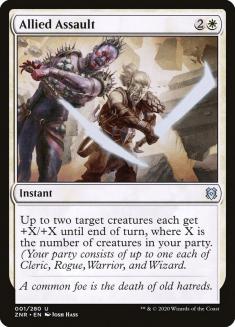The definition of counterfactual is:
adjective: relating to or expressing what has not happened or is not the case.
noun: a counterfactual conditional statement (e.g. If kangaroos had no tails, they would topple over ).
Google’s English Dictionary Provided by Oxford Language
Why is the secret to improving at Zendikar Rising Draft, or really anything, tied to “what has not happened or is not the case”? Shouldn’t it be the opposite? Shouldn’t improvement be focused on what is the case?
Improvement comes from considering alternative decisions. A game loss is often a consequence of specific decisions, and those decisions aren’t necessarily around the ultimate turns of that game. Reflecting on what is not the case, and how it could have been the case, unlocks an incredible amount of potential for growth. This form of reflection is a concept in psychology called counterfactual thinking.
Historically, green decks are weak to flyers. It’s easy to blame a loss on that weakness, but failure to recognize that there were opportunities to draft Nissa’s Zendikon, Broken Wings, and Tajuru Snarecaster is a significant mistake. Maybe that game would have been winnable with different decisions during the draft. Inquiring if those alternative decisions could have been reasonable is a necessary step towards improvement. This article describes the foundation for how to implement and habitualize counterfactual thinking. I will then go over a Zendikar Rising Draft in which such a counterfactual post-mortem was incredibly valuable.
Counterfactual thinking is all about narrative.
“Had I taken Into the Roil at Pack 1, Pick 1, would I still take this Roil Eruption over this Bubble Snare?” is an example of real-time dialogue I have during almost every single draft I do. This dialogue is incredibly important and it naturally yields follow-up questions during the draft, “I was just passed a Roost of Drakes in Pack 2 . . . could I have been a blue deck?” followed by “I could have taken Into the Roil to start the draft, and that would have led me down a path where I could capitalize on this Roost of Drakes; do I stand by my first pick?”
This is the most effective way to reevaluate and hone Draft strategy. Maybe I still stand by my first pick, and while I would have a better deck if I had taken that Into the Roil, I would still make the same decision again. Maybe this reflection makes me realize that, while I believe my first pick is a better card than Into the Roil in a vacuum, given additional context that Into the Roil was the only blue card in that pack, the probability of getting passed good blue cards in Pack 2 — like that Roost of Drakes — is high enough to justify taking Into the Roil. Regardless of my conclusion, this type of dialogue facilitates learning and growth. It helps recognize new avenues for improvement, and sheds light on common patterns that can be leveraged in future drafts and games.
Every single time I have felt a “level-up” in my game, it was the result of counterfactual thinking. Here are a few examples:
- It can be correct to take the second-best card out of a pack if you’re confident that a card that goes well with it will wheel. This is because the value of those two cards together is better than the value of the best card in the pack. This came from the question, “Would I have been happier with Call the Bloodline and Twins of Maurer Estate in my pool, or the card I took over Call the Bloodline: Lambholt Pacifist?”
- There are hidden strategies in every single format consisting of unpopular commons that work well together. Slither Blade in Amonkhet and Clear the Mind in Ravnica Allegiance are two such examples. In both cases, discovering these strategies often happens through counterfactual thinking: “My Azorius deck is very powerful. I believe I lost due to lacking ways to win the game. I dismissed Clear the Mind during the draft, but would I have won my games if I could recycle my interaction and threats without any fear of running out of cards? Would it have been worth speculating on a strategy like that when I could have picked Clear the Mind?”
Initially, thinking in this manner feels flimsy. Thinking with certainty and objectivity is often held in high regard. However, Magic is not a game of certainty. It’s a game of probability. Of variance. It’s simply impossible to answer every question with certainty and objectivity, and attempting to do so is a waste of time. Instead, spend energy habitualizing counterfactual thinking. It’s the only way to hone a causal understanding of how pieces of this game interact. Through all the uncertainty, this little gem yields quite the reward.
I can provide example after example after example of these questions and introspections, but how do those examples become tangible tools that help you implement counterfactual thinking? It’s hard. It requires quite a lot of practice. And luckily, I have a trick to help you get started. Regret.
Regret is the most natural emotive related to counterfactual thinking. “I should have been blue,” you mumble to yourself in Pack 2 when you see that late Roost of Drakes you can’t justify picking. It’s up to you to take the next step to convert the visceral response of “I should have been blue” to “Could I have been blue?” Once that is natural — once initial feelings of regret facilitate a productive, counterfactual narrative — the rest will fall into place. Pushing that dialogue will become seamless throughout not only the draft but the games, mulligans, sideboarding, and even deckbuilding.
In the draft example that follows, the first few packs were incredibly weak. While I ended up in a solid Rakdos aggro deck, it was clear that Dimir would have been a much better archetype to be in. So I attempted to reflect, and asked myself, “Was there a reasonable way to navigate this particular draft towards Dimir? Did I make any mistakes in which the consequence pushed me towards Rakdos instead of Dimir?”
Pack 1, Pick 2
The Picks So Far:
The Pack:
The Pick:
Pack 1, Pick 5
The Picks So Far:
The Pack:
The Pick:

